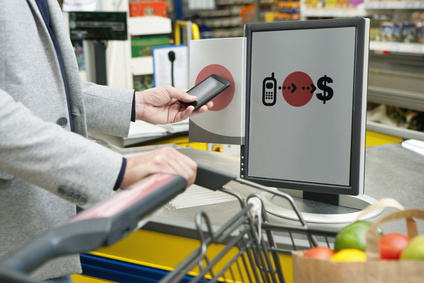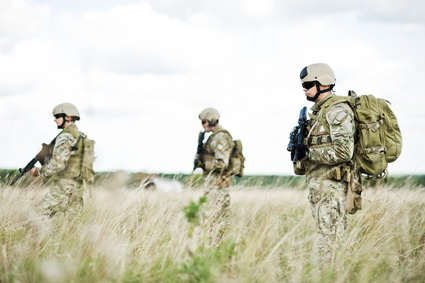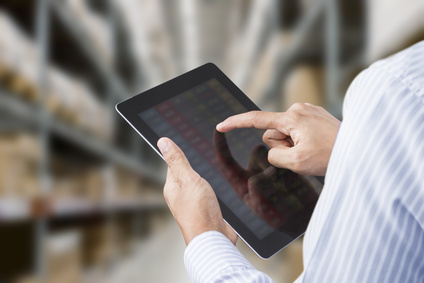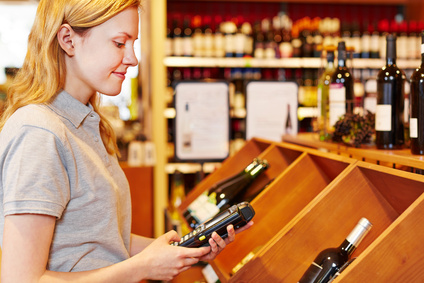Technologies such as RFID and NFC are getting more mature over the years with the extensive research and development from several companies around the globe and many decision-makers are starting to add them to their solution chain. Let’s explore some examples of these systems and see how they make a difference in real world applications.
Warehouse Management
Warehouse management is a key party of the supply chain and many companies have difficulties trying to organize it. The vast diversity of goods coming in and out of a warehouse usually leads to delays in the distribution chain. As a result, many transactions such as shipping, receiving, putting away and picking products suffer delays due to bad warehouse management.
When a RFID based system is implemented, a lot of the paper work is removed and almost everything can be controlled through this online integrated system and run completed transactions with RFID readers.
Retail
The handling of expensive products, such as luxury items, antique wines and jewelry is critical.
Mobile Payment

Military-based applications












